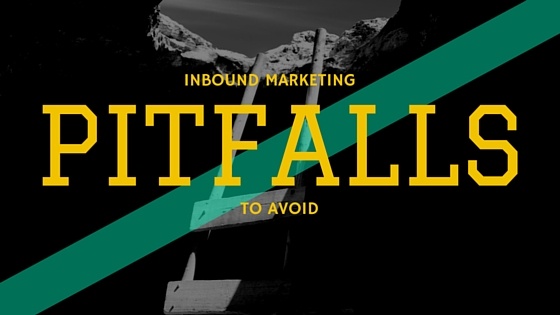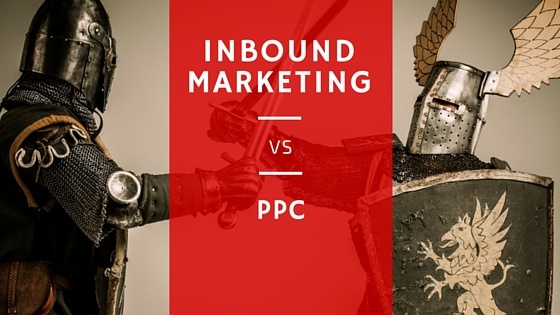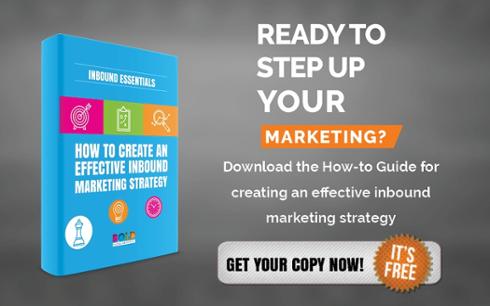John Doe
Architect & Engineer
We love that guy

Introduction to Inbound Marketing Strategy
Inbound strategy is not a silver bullet or a cup of instant coffee, it would not suddenly make all your problems disappear and populate your CRM with the hottest leads. Here are some of the most popular pitfalls and difficulties that you may face when trying to implement an inbound marketing strategy:
1. Time bomb
Implementation of an Inbound marketing strategy needs time. An inbound marketing practitioner should expect certain time to pass before his plan gains momentum. Your active audience would most probably grow in an S-curve. Once this metric reaches its plateau, the pipeline should display a consistent growth.

Patience. Inbound marketing takes time.
2. The marathon problem
Many inbound marketers run out of steam after a while. After lack of effective strategy, the second most popular reason of inbound marketing failure is lack of quality content being created in time.
Break down the available materials into manageable pieces and distribute them along the activity calendar.
At some point you may want to recycle your old content by writing short updates or numbered lists. For example content with a title like “10 ways to decorate your living room”, can be written by revisiting a bunch of your blog posts from the past, which will remind your good old readers of something they might have missed, and help new subscribers dig into the treasures of your company’s blog.

3. Peopleware over software
Inbound marketing is specifically labor intensive. It challenges the entire team as well as every individual in particular. As a contributor to the universe of business-specific content, every member of the team has to work extra hard to deliver his part of the whole picture. In many cases, small businesses outsource content generation to agencies offering inbound marketing as a service.
4. Budget constraints
Inbound marketing can be more expensive than outbound. Although having a low entrance threshold, inbound marketing offers an infinite amount of space to grow and great opportunities to express yourself. Many of these opportunities definitely require significant investment.
For instance, organizing an industry event or a webinar with a guest lecturer can get expensive. Doing it on a regular basis at a considerable scale is affordable only to huge corporations. Make sure you plan your activities according to your available budget and resources.
5. The TOFU problem

For inbound marketers, focus on only one part of the marketing funnel can be precarious. In many cases, they concentrate mostly on the top of the funnel (hence the name (TOFU), while the integral and complete strategy should be covering the entire customer journey and help buyers smoothly proceed to purchase. Streamlining the quote request form or improving UX on your website is also a part of inbound strategy.
The entire experience should be enjoyable enough to turn your buyers into your brand advocates.
*Bonus note – we find the TOFU problem is an issue that ppc marketers also fail to avoid. If you’re not sure what the core differences between the two strategies are, read this post about Inbound Marketing Vs. PPC.
Conclusion
Diving into an effective inbound marketing strategy entails:
- Understanding you need patience
- Preparing enough content
- Getting your entire team on board
- Allocating budget
- Mind the entire customer journey
If your found this useful, and you’re curious to learn more and find out how to create a long lasting inbound marketing strategy, we invite you to download our How-To guide for creating an inbound marketing strategy.


















